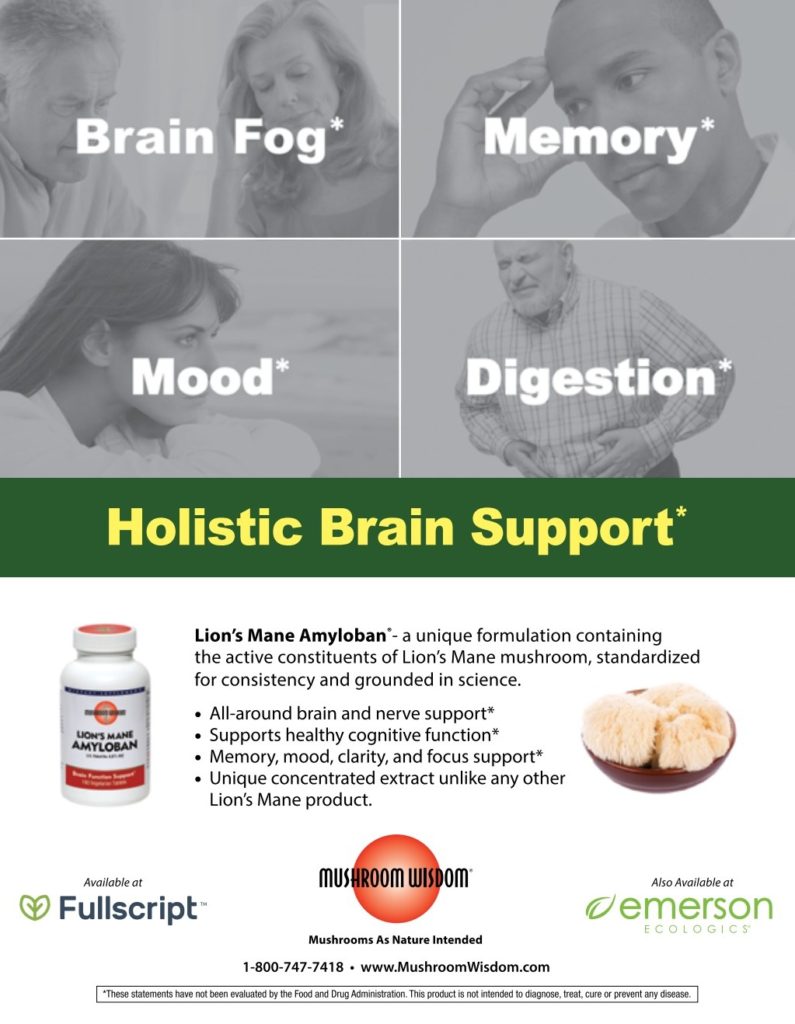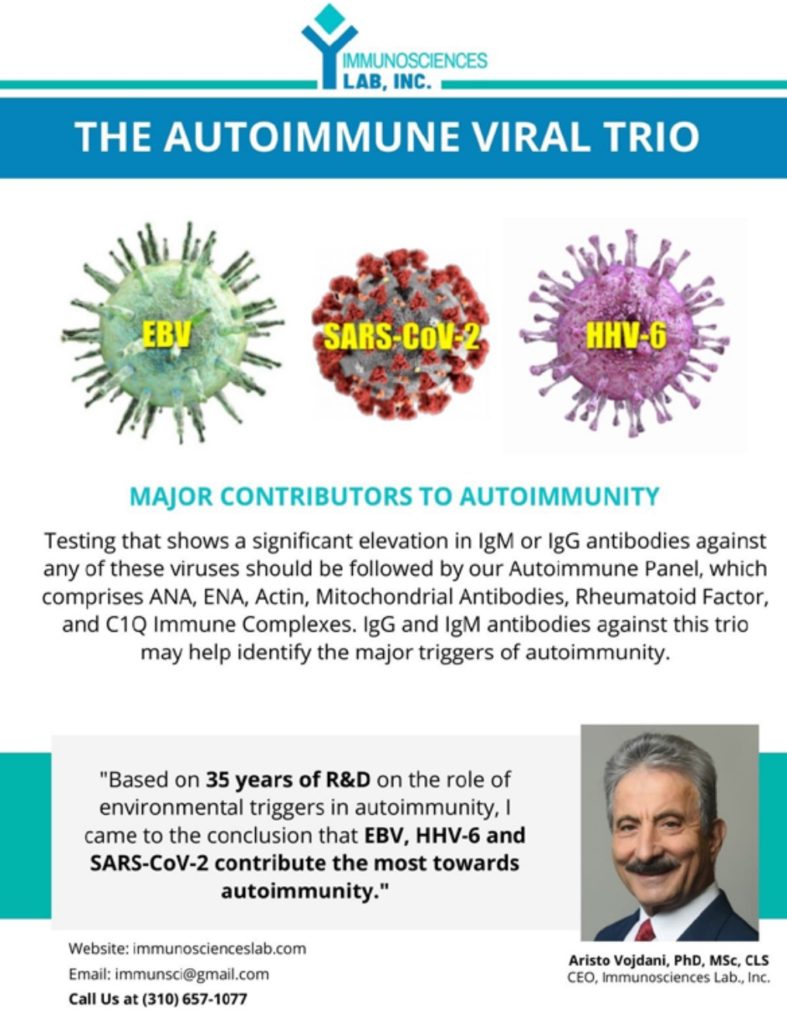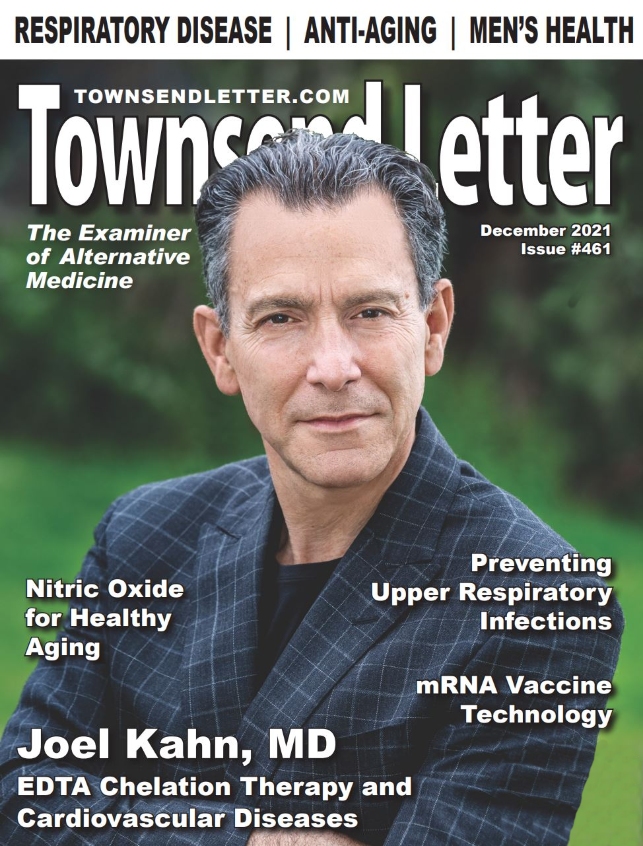What Is the mRNA Vaccine’s Inside Story?

During the past few months, federal agencies, social media, consumer protection groups, and the medical profession have decided to clamp down on COVID-19 disinformation. YouTube has joined Facebook and Twitter in removing all videos promulgating “anti-vax” and “false” virus treatment information. The media in May named Joseph Mercola, DO, as one of the “Disinformation Dozen” disseminating erroneous anti-vax info. Consumer groups cried foul when the State Board of Ohio renewed “anti-vaxxer,” Sherri Tenpenny, MD’s license to practice medicine early in October. The State of Washington followed the Federation of State Medical Boards’ recommendation condemning and threatening disciplinary action for physicians writing medical exemption letters for wearing masks and COVID-19 vaccinations. Furthermore, the Washington Board reminded physicians that the FDA has not approved the use of ivermectin or hydroxychloroquine as treatment for COVID-19. The board stipulated that physicians who spread false information about the virus and its treatment would be sanctioned. On that note, we may be violating the Washington State Board’s edict by publishing a peer-reviewed analysis of mRNA vaccines.
If it were any other technology, the press, TV, and digital news sites would be “all in” on understanding exactly how the mRNA vaccine worked, how it was developed, what were its successes, and most importantly, what were its pitfalls. Of course, the media has presented the messenger RNA vaccine as effective and safe developed at “warp speed” to satisfy the Presidential order for its development by 2020’s year end. While an mRNA vaccine has been developed for other viruses, such as Ebola, none have been manufactured on a national, indeed, global scale. As we know from watching drugs move from the lab bench to broad public launch to general use by millions of people, unexpected effects are not hypothetical but likely. However, due to the public health mandate to vaccinate everyone, there has been a media-wide shared agreement to withhold information that explains exactly how the vaccine works and gives all of its ingredients. There is no step-by-step explanation of the vaccine’s genetic engineering, how the vaccine’s genetics interact with our DNA, and, most importantly, a realistic discussion of how the vaccine poses serious, if not deadly, allergic effects, as well as heightens the risk of autoimmunity in predisposed individuals. In the name of the “public good,” free discussion about the COVID-19 vaccine has been strictly curtailed. Only reports emphasizing the benefit of getting the jab are published and adverse events are dismissed as outliers, the unfortunate outcome that a few of us must suffer so that the vast majority may live. Perhaps, that risk/benefit ratio is realistic and universal vaccination is in order especially by an mRNA vaccine. Nevertheless, we deserve to thoroughly understand the vaccine and know how its methodology poses risks not encountered in other vaccines such as TDap and MMR.
In this issue we reprint the work of Stephanie Seneff, PhD, and Greg Nigh, ND, LAc, originally published May 10th of this year in the International Journal of Vaccine Theory, Practice, and Research (IJVTPR). Seneff is a senior research scientist and faculty member of MIT’s Computer Science and Artificial Intelligence Laboratory in Cambridge, Massachusetts, who has authored more than 170 peer-review papers combining her interest in engineering, computation, and biology. More recently she has focused her research on biology, nutrition, and the environment, authoring more than two dozen papers, including an analysis of the effects of glyphosate. Nigh is a naturopathic physician, focusing on naturopathic oncology in his practice in Portland, Oregon. He co-authored two peer-reviewed papers with Seneff on glyphosate. Their COVID-19 paper in this issue is entitled “Worse Than the Disease? Reviewing Some Possible Unintended Consequences of the mRNA Vaccines Against COVID-19.” Amazingly, it is searchable on Google if one types in the author names and title; at least we have not had that level of censorship. I am not so sure if it will meet similar approval of the censors if shared on social media.
The abstract of this article gives it much more justice than I would be able to in summarizing it:
Operation Warp Speed brought to market in the United States two mRNA vaccines, produced by Pfizer and Moderna. Interim data suggested high efficacy for both of these vaccines, which helped legitimize Emergency Use Authorization (EUA) by the FDA. However, the exceptionally rapid movement of these vaccines through controlled trials and into mass deployment raises multiple safety concerns. In this review we first describe the technology underlying these vaccines in detail. We then review both components of and the intended biological response to these vaccines, including production of the spike protein itself, and their potential relationship to a wide range of both acute and long-term induced pathologies, such as blood disorders, neurodegenerative diseases and autoimmune diseases. Among these potential induced pathologies, we discuss the relevance of prion-protein-related amino acid sequences within the spike protein. We also present a brief review of studies supporting the potential for spike protein “shedding”, transmission of the protein from a vaccinated to an unvaccinated person, resulting in symptoms induced in the latter. We finish by addressing a common point of debate, namely, whether or not these vaccines could modify the DNA of those receiving the vaccination. While there are no studies demonstrating definitively that this is happening, we provide a plausible scenario, supported by previously established pathways for transformation and transport of genetic material, whereby injected mRNA could ultimately be incorporated into germ cell DNA for transgenerational transmission. We conclude with our recommendations regarding surveillance that will help to clarify the long-term effects of these experimental drugs and allow us to better assess the true risk/benefit ratio of these novel technologies.
Yes, this is a lengthy, detailed, arcane article that will require your thinking cap. However, it is well worth your dedicated reading time. What I appreciate about Seneff and Nigh’s article is that this is a forensic analysis of the mRNA vaccine not a glossy overview that keeps us ignorant of what’s inside the black box.
Folks are concerned about GMO food, but our digestive tract largely breaks down these foods. Not so with an mRNA vaccine. The synthetic configuration of the amino acids that the drug developers needed to splice onto the RNA to prevent its disintegration and destruction by our immune system gives new meaning to Frankenstein work. It reminds me of a hide-and-seek game—how does the RNA elude white blood cell phagocytosis until it is safely taken up cellularly. Then within the cell the engineered mRNA transcribes a spike protein mimicking COVID-19’s spike. The released spike protein initiates an immune response locally in lymph nodes as well as distally in the spleen and liver.
Seneff and Nigh detail this process and show how at every step the possibility of risky development of abnormal blood clotting, platelet destruction, multi-system autoantibody formation, and perhaps most bizarre of all, the formation of abnormal prion particles. (Remember Mad Cow disease?) Examples of the latter occurring with COVID-19 vaccination have not yet been documented; however, we have only been using the mRNA vaccines for less than one year—prion formation does not take place quickly.
Perhaps the most concerning but contentious issue is whether the mRNA vaccine may be captured in our cellular DNA through a process of reverse transcription. Seneff and Nigh remind us that we already have retroviruses that are included in our human genome. Could these retroviral components incorporate the mRNA into the muscle cell DNA? Even more concerning could a woman receiving the vaccine who is about to conceive pass on such DNA as extrachromosomal plasmids to her fetus?
Despite public health wishes to inject everyone and keep them ignorant and happy, we need to share this information.
Preventing Upper Respiratory Infections by Chris Meletis, ND
Last year the flu never appeared. How weird is that? The flu has been a steady fixture each winter incapacitating us at home for days to weeks or even worse, necessitating hospitalization. And just like that between 2020-21 there is no flu. The logical thinking goes that COVID-19 replaced the flu as the source of viral respiratory infection. There was no vaccine for COVID last winter until January; how did we become so adept at warding off the flu virus. Could it be simply social isolation? Well, the expert thinking this year is that we will have a surge of flu this winter. So now we need to consider flu and COVID (and the cold) whenever one develops flu-like symptoms. However, given the concern about the highly transmissible delta variant, all flu/cold cases will need to be tested to rule out COVID. And unlike our behavior in the past when we mingled in public with our colds and flu, we will need to remain at home whenever we develop a respiratory infection.
In this issue Chris Meletis, ND, and Kimberly Wilkes review strategies to prevent acquiring a bronchial or sinus infection that is not dependent on a vaccine. Vitamins A, C, and D are key nutrient supports. It is the sad state of affairs that conventional medicine sees no value in vitamins A and C; for the past decade vitamin D has been recognized and many patients are advised to check out their vitamin D levels. However, it is striking that typical supplementation of vitamin D is limited to 800 i.u. While we generally think of sleep when discussing melatonin, Meletis and Wilkes remind us that it is a key support for the immune system. Beyond nutrients they emphasize the need to optimize our metabolic state dietarily and also address sleep apnea if that is obstructing our night breathing.
Regenerative Medicine by Sharon McQuillan, MD
Orthopedic management of degenerative joint disease has typically relied on NSAIDs, and when that fails corticosteroid injections are tried, and if those do not work then joint replacement is proposed. Over the past twenty years hyaluronic acid and plasma rich platelet injections as well as prolotherapy have offered non-surgical DJD options. However, the regenerative treatment that patients now ask about is stem cell therapy. And stem cell therapy is proving to be a useful addition in managing knee joint osteoarthritis. However, successful application of stem cell therapy in orthopedics has encouraged practitioners and patients to consider its use in medical conditions far afield from musculoskeletal degeneration. This is, unfortunately, the current state of stem cell therapy, which Dr. Sharon McQuillan characterizes as “wild west” medicine.
In this issue Dr. McQuillan examines regenerative medicine—what’s good and what’s not so good. She specializes in aesthetic, regenerative, and integrative medicine. Dr. McQuillan is the medical director of the Regenerative Medicine Fellowship and Aesthetic Fellowship of the American Academy of Anti-Aging Medicine (A4M). She is also the medical director of New You Medical, a concierge medical practice in Ft. Lauderdale, Florida. McQuillan’s article provides an important question list that anyone considering stem cell therapy needs to have answered before undertaking treatment.
Cover Article: Chelation Therapy for Cardiovascular Disease by Joel Kahn, MD
Seventy years ago, a novel chelating agent, ethylene-diamine-tetraacetic acid (EDTA) was introduced medically as a treatment for lead poisoning. It already had a variety of commercial applications such as decolorizing textiles and preserving chemicals. Its development in Germany during World War II was catalyzed by the allies’ embargo of citric acid. Initial work demonstrated that EDTA was non-toxic and could be infused intravenously to remove lead. As patients underwent chelation therapy they experienced dramatic changes in their angina, claudication, dizziness, and dyspnea, alerting researchers to its possible effectiveness in treating cardiovascular disease. From 1951-1960, medical schools across the US ran numerous studies with chelation therapy not just for cardiovascular disease but for many other medical conditions hallmarked by excess calcification. By and large these latter experiments did not pan out, but EDTA’s effectiveness for cardiovascular disease was demonstrated in some but not all studies.
When new cardiovascular drugs such as beta blockers were launched in the 1960s and surgeons were experimenting with early prototypes of bypass surgery, interest in chelation waned. A small number of practitioners outside the mainstream maintained their interest in administering chelation for cardiovascular disease through the 1960s and 70s—its use in treating lead and toxic metal poisoning having been established. From the 1970s-2000s the studies conducted at universities invariably found chelation was not effective for cardiovascular disease; smaller studies conducted by chelation proponents invariably found chelation was effective. Meanwhile a large number of patients who had undertaken chelation and advocated for its acceptance together with the submission of white papers by professional chelation societies convinced the NIH that chelation needed a randomized blinded study.
In 2003 the Trial to Assess Chelation Therapy (TACT) was initiated with the principal investigator from the University of Miami Medical School. Ten years later the results of TACT were reported in JAMA. Based on the study, chelation was ultimately graded 2B in terms of the evidence for its effectiveness by the American Cardiology Association (Grade 1 being best, 4 worst).
In this issue, Joel Kahn, MD, updates us on the TACT study and the status of chelation therapy. For a long period of time before 2003, chelation was degraded by so-called “quackbusters.” The media belittled chelation as well whenever the topic would arise. It is a matter of some validation now that chelation has an upgraded status especially with cardiologists. One would never have expected such a thing in the last 50 years. Too bad some of these critics are not alive to get their comeuppance.










